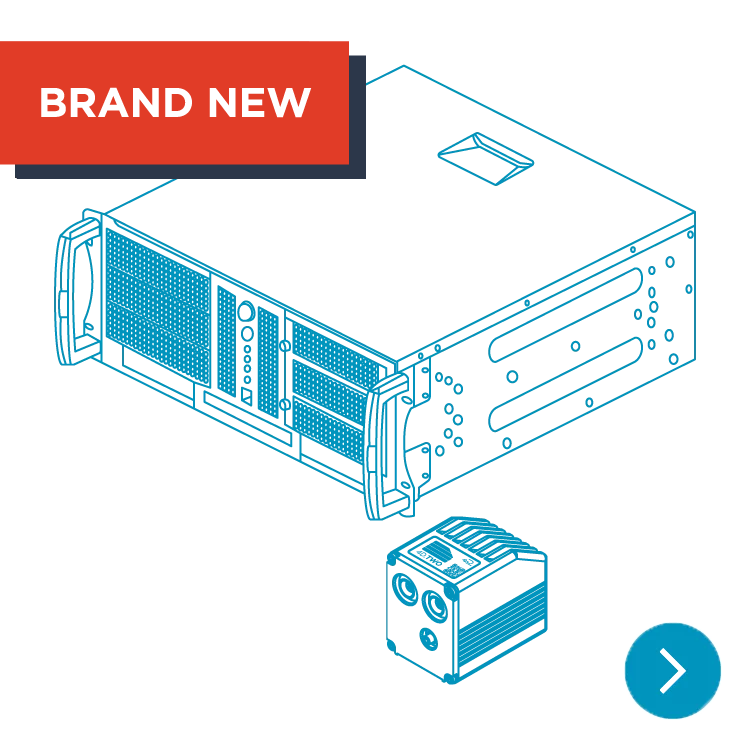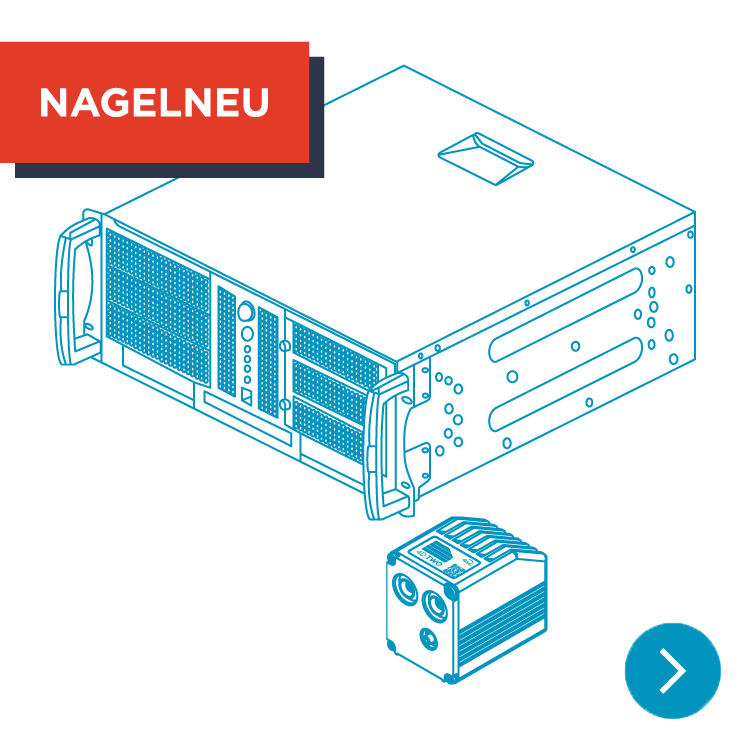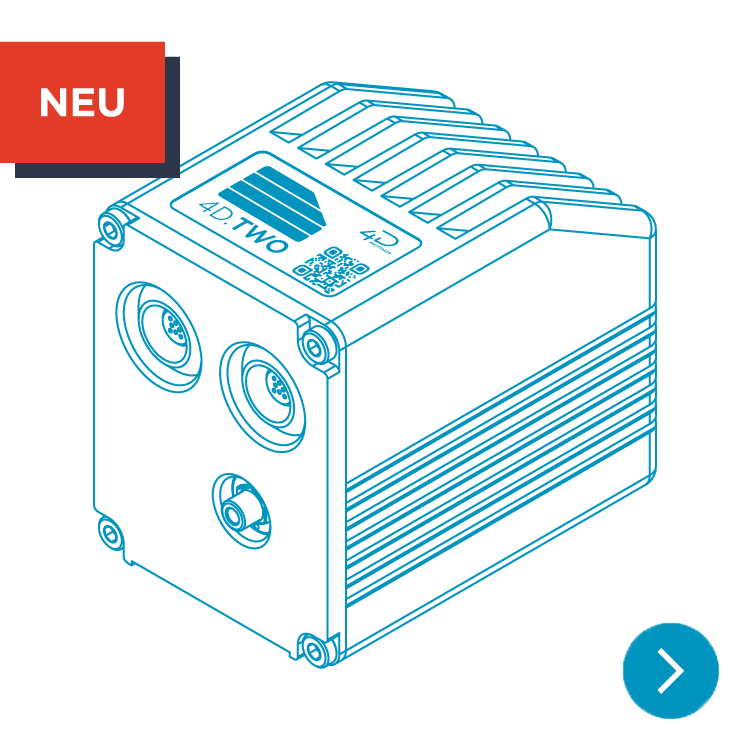Weld seam error

Ensuring integrity and performance
Weld seam error
The quality of a weld seam plays a crucial role in the manufacturing industry, as it directly impacts on the strength and reliability of welded components. Despite advanced welding technologies, weld seam errors may occur, which are of different nature and cause. Identification and minimization of such errors is of great importance, to ensure the structural integrity and performance of the manufactured components.

Structural impacts
Weld seam errors in general
Weld seam errors can take different forms, and have different impacts visually as well as structurally. Among the most frequent weld seam errors are porosity, tears, incompatibilities in welding composition and improper weld seam geometry.
- Porosity: Porosity occurs when gas bubbles are enclosed in the solidified weld seam. This can impact on the mechanical properties of the connection, particularly with regard to the tensile strength and tightness.
- Tears: Tears in the weld seam can occur as a result of different thermal expansion rates, incorrect welding parameters or material incompatibilities. These tears can significantly decrease the structural strength.
- Incompatibilities in the welding composition: An improper welding composition, either due to insufficient mixing or unsuitable material combinations, can result in weaknesses in the weld joint. This can lead to premature fatigue and breaking.
- Improper weld seam geometry: Errors in the weld seam geometry, such as uneven width or insufficient penetration can affect the structural integrity and lead to stress concentrations.
- Splatter: Small metal drops can be ejected from the joining zone during the welding process. Particularly for electronic components, this can result in unwanted rejects.

Diligence and accuracy
Weld seam errors during laser welding
During laser welding, an advanced welding technique, specific challenges must be observed. The highly concentrated energy of the laser can lead to quick changes in temperature, which increases the probability of weld seam errors.
- Thermal stress: The intense heat of the laser can result in thermal stress, which leads to deformations and tension in the weld joint. This requires precise control of the weld parameters, to ensure even heat distribution.
- Inert gas management: The correct management of inert gases is crucial to prevent oxidation and contaminations in the weld zone. Insufficient protection can result in porosity and other defects.
- Weld seam tracking: Monitoring of the weld seam during the laser welding process is critical in order to detect potential errors early. Automated systems and sensors are often indispensable here.
Minimization of weld seam errors requires careful process control, highly precise technologies and thorough knowledge of the material properties. This applies particularly to laser welding, where demands on precision and control are especially high.

Precision. Efficiency. Quality.
Our solutions
Thanks to the high dynamic range of the 4D.TWO, you can detect process deviations with a comparatively low rate of pseudo errors. With the combination of channels into combi channels, you also save time during troubleshooting, as you can classify errors.
These topics might also be of interest to you
Contact us!
If you would like to learn more about our products and services, or would like to request a customized offer, please do not hesitate to contact us. You can contact us by phone, via email or by using our contact form. We look forward to receiving your enquiry!
Contact us!
If you would like to learn more about our products and services, or would like to request a customized offer, please do not hesitate to contact us. You can contact us by phone, via email or by using our contact form. We look forward to receiving your enquiry!






